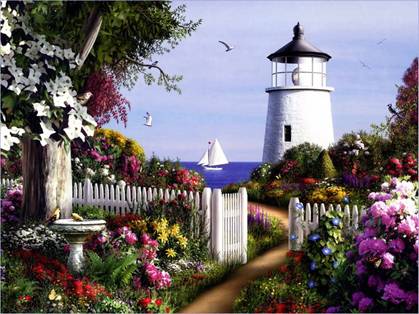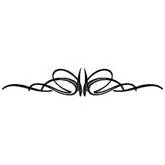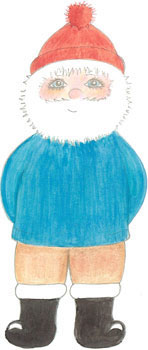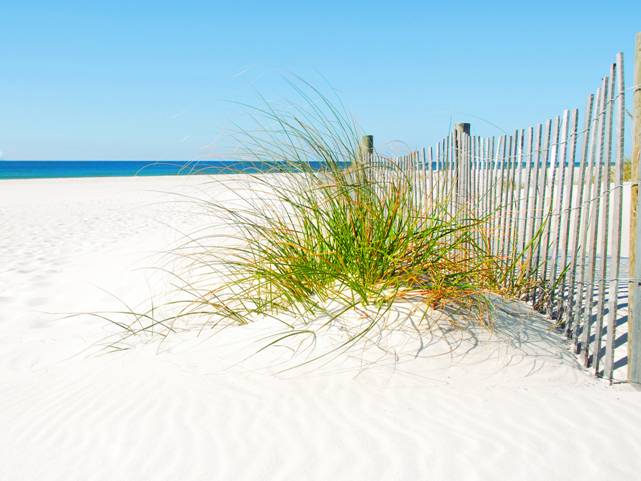
Salty Sam’s Fun Blog for Children
Number 546
Beetles
Hello Everyone

There is a lot of countryside behind the town of Rocky Bay.
There are fields and woods and hedgerows. There is plenty of space for wildlife to live in.
Lots of creatures are so small that they are easily not noticed.
Bill and Bob went out into the orchard at the bottom of Auntie Alice’s garden this week to see how many little creatures they could spot.
They took their shrimping nets and swiped them over the long grass to see what they could pick up in them.
The proper name for a person who studies invertebrates is an entomologist.
lf they were to be collecting a sample of insects from long grass, they would use a larger net than the ones Bill and Bob were using – but the shrimping nets were all they had.
They also had a book with them to try and identify what they found.
They found lots of beetles in the grass – which isn’t surprising because beetles are the most numerous group of animals on the planet with over 400,000 described species and scientists reckon that there could be about another two million beetles that are yet to be discovered.
Beetles make up a 40% of the insect species that have been catalogued by scientists.
They differ in size colour and shape. They have biting or chewing mouthparts and hard wing cases with wings underneath.
Some beetles are truly spectacular colours and some have a beautiful metallic sheen. lridescence is created when light is refracted off the surface of an object at different angles back to your eye.
Beetles can sometimes be the subject for artwork, embroidery or even jewellery pieces because of their fascinating shapes and colours.
Sometimes the beetles you see as brooches are called scarabs.
ln Ancient Egypt, a scarab was a good luck charm in the form of a dung beetle. This beetle was associated with the rising Sun so, therefore, a symbol of growth and new beginnings.
There is a picture of a scarab at the top of the post.
Beetles were the first ever pollinators on Earth and even today they pollinate more flowers than any other insect.
They are very important pollinators.
The tops of beetles look hard and shiny but they are often very fluffy underneath so they can collect and distribute pollen.
Of course not all flowers are just pretty plants in the garden. Some flowers will turn into fruit like apples, pears and cherries so without pollinating insects like beetles and bees our food selection would be greatly reduced.
Beetles have other uses in the garden as well. Some of them eat greenfly and slugs. Ladybirds are beetles and they eat greenfly.
You can find beetles in trees, on grass and also living on dead wood.
Trees are found in a lot of places. Even in big cities. London for example is 47% green. But pollution in cities does not help an insect population.
Lots of beetles can be found in woodland too.
They often lay their eggs under rotting bark so their larva can eat the wood as food and break it down. This process will eventually return the nutrients in the wood to the soil.
Some clear up carrion (dead animals) or dung.
Beetles play a critical role in the ecosystem.
Beetles are also food for birds and mammals like hedgehogs and pine martens.
Many children build bug hotels in their gardens.
These layers of dried material with cracks and crevices give a home to lots of creepy crawlies and beetles are sure to be amongst them.
Some people even have gardens large enough to create a messy corner for wildlife to live in.
Bye bye everyone – don’t forget to subscribe to my blog!
Love and kisses
Salty Sam

www.christina-sinclair.com
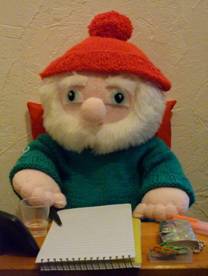

Bill and Bob’s Joke of the Week![]()
![]()
Bob: How do we know that insects are so clever?
Bill: l don’t know.
Bob: Because they always know where you are having your picnic!
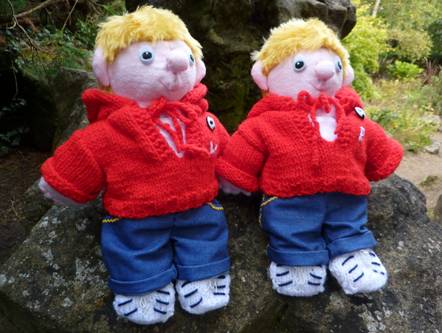
Salty Sam © Christina Sinclair 2015
Unauthorized use and/or duplication of material from this blog without express and written permission from this blog’s author and owner is strictly prohibited.
Links may be used to www.christina-sinclair.com

Picture Gallery

Ladybirds

Dung beetles


Scarabs
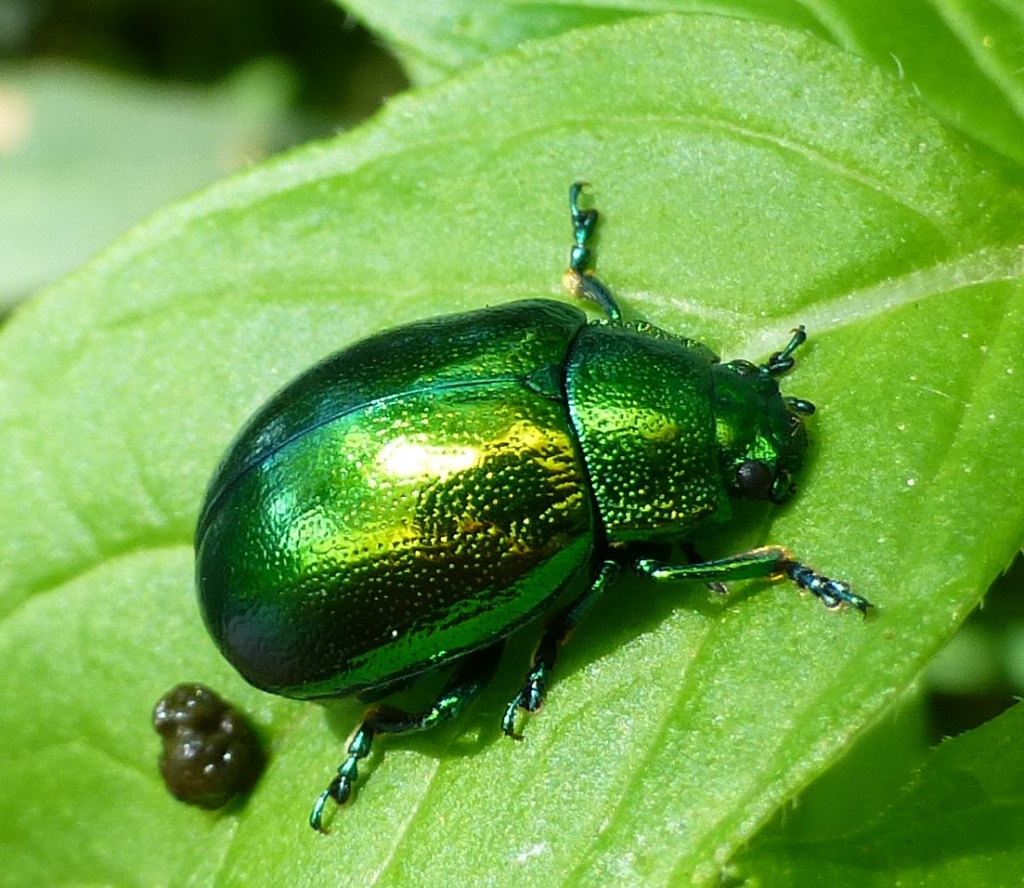


 THE SALTY SAM NEWS DESK
THE SALTY SAM NEWS DESK

Bill, Bob, Emily and Henry like to think of themselves as ecowarriors.
Henry found a poem this week that he really liked and asked me to put some of it on the news desk for you to see.
It is called God of the Open Air and it is by American poet Henry Van Dyke.
You can find the rest of it to read if you would like to.

Thou who hast made thy dwelling fair
With flowers beneath, above with starry lights,
And set thine altars everywhere, –
On mountain heights,
In woodlands dim with many a dream,
In valleys bright with springs,
And on the curving capes of every stream:
Thou who hast taken to thyself the wings
Of morning to abide
Upon the secret places of the sea,
And on far islands, where the tide
Visits the beauty of untrodden shores,
Waiting for worshippers to come to thee
In thy great out-of-doors!
To thee I turn, to thee I make my prayer,
God of the open air

These are the things I prize
And hold of dearest worth:
Light of the sapphire skies,
Peace of the silent hills,
Shelter of forests, comfort of the grass,
Music of birds, murmur of little rills,
Shadow of clouds that swiftly pass,
And, after showers,
The smell of flowers
And of the good brown earth, –
And best of all, along the way, friendship and mirth



*********************
*********************

 Quick Quiz
Quick Quiz
Do you know what these words are?
They all begin with the letter ‘V’.
- a spare place or room
- has high worth
- in front
- old
- words
- someone who says they will work for no pay or will help out by choice
- bright
- aware
- transport like a car
- a journey on a ship or spaceship




lt’s the Weekend!

HOW TO MAKE A ROW OF BACKGROUND HOUSES
When people make model railways, they very often put backdrops along the back to create a depth to them.
You can have a simple blue sky behind model buildings or you can have hills and countryside disappearing into the distance.
You could have mountains, or cliffs or sea.
Bill and Bob wanted to make a façade (front only) of a row of buildings to help finish the back of their model railway nicely.
They got some small boxes that had things like stock cubes and face cream in them – their mum was saving them up for them – and glued them together in a row.
When the glue was dry they drew around the long shape making a pencil line of a piece of thin card.
They painted all the tops of the boxes and also the two ends brown and this dark colour hid all the writing on the boxes well.
While the paint was drying they set to work to draw the façade that would be stuck on the front of the boxes.
You just need to draw doors and windows to scale. The white card creates the white walls. The card was white and the fronts of the houses were white.
The doors and windows don’t need a lot of detail to look effective but using thin markers will give you a better finish.
It is easier to draw on the card before it is stuck to the front of the boxes.
Then the façade of the buildings could be stuck on the front of the boxes.
It was easier to create a few blocks of a few houses rather than a very long block that would be difficult to handle and maybe even fall apart.
Of course, you could use the same idea if you had a big sheet of card that you drew roads on to play with your toy cars on too – but you may need bigger boxes to get the scale right.
If you used waxy cartons from fruit juice or milk, you would have pointed roofs built in. To make your paint stick on surfaces like these you can mix your paint with PVA glue.
You can make your houses look as realistic as possible or a little bit cartoony.

You could have a collection of different types of houses rather than just a row of terrace houses all the same.
You could cut squares of black sticky paper out to make the windows.
Don’t forget to use a ruler to get your lines straight.
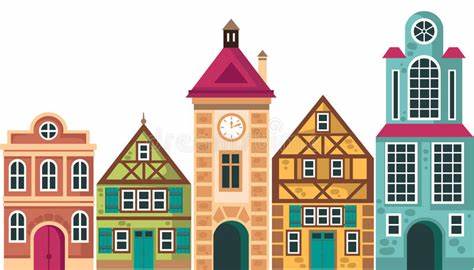
Or you could make a fairytale kind of landscape instead.
This would be interesting if you wanted to make scenery for the back of a toy theatre perhaps.
You would make the houses look right for the play you were putting on.
And then you could make them very colourful.

Please note that the material on this blog is for personal use and for use in classrooms only.
It is a copyright infringement and, therefore, illegal under international law to sell items made with these patterns.
Use of the toys and projects is at your own risk.
©Christina Sinclair Designs 2015


Quick Quiz Answers
- vacancy
- valuable
- vanguard
- vintage
- vocabulary
- volunteer
- vivid
- vigilant
- vehicle
- voyage
